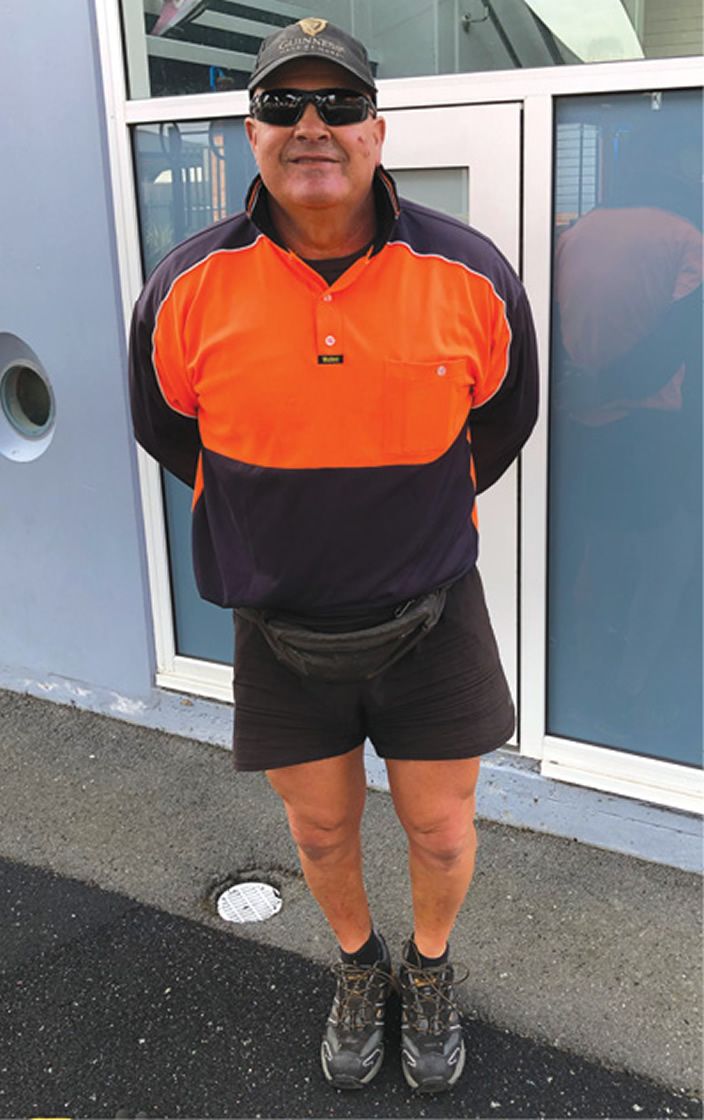As IEU members return to schools to start another year, Work Health and Safety (WHS) managers and reps must return their focus to controlling hazards in the workplace. Emma Morrissey, the WHS Officer for IEU Victoria Tasmania, takes a close look at the WHS issues relating to the safety of employees working largely outdoors.
2020 – a challenging year
In many parts of the country the WHS focus in 2020 was preoccupied with the risks associated with COVID-19. Health and safety reps in workplaces have never been so crucial to the proper representation of workers and a consultation point for employers. In some schools and workplaces, the emergence of COVID-19 made apparent that there was no formally elected health and safety representative and for others it was a steep learning curve of risk assessment and hazard minimisation procedures. There is no fundamental difference between the approach to identifying, assessing and controlling the hazard of COVID-19 and any other workplace hazard, the steps are the same regardless of whether the hazards are mechanical, psychological, chemical, body stressing, gravity or sources of energy.
What are the WHS requirements?
Persons Conducting a Business or Undertaking (PCBU), known in some states’ legislation simply as ‘employers’, must provide as far as reasonably practicable, work and workplaces without risks to health and safety; including safe plant and structures, safe systems of work, the provision of adequate facilities and training and information to workers to allow them to work safely.
PCBUs and employers must have established systems for controlling hazards and risks with effective control measures which are regularly reviewed. With compensation claims for psychosocial injuries – particularly for teachers – increasing, it is all too easy for employers to become complacent about the hazards present in physical and manual handling work. It is vital schools remain vigilant about those hazards which many IEU members are exposed to outside the classroom setting.
Safety working outside
Around a quarter of Australia’s workforce is employed in jobs that may require working outdoors for at least some of the time. In schools, that includes gardeners, maintenance, transport workers, crossing supervisors, sports coaches, teachers and trade contractors and sub-contractors. There are risks to safety for these employees through exposure to rain and storms, solar radiation, heat, cold, air pollution and low sunlight.
Employers have an obligation to either eliminate exposure to hazards or to minimise the risk of injury through exposure by control measures such as:
- working indoors (where possible)
- ensuring indoor workspaces are adequately ventilated and temperature controlled
- modifying the work rate or providing alternative duties on days of extreme temperature
- postponing outside work or rostering that work for mornings and late afternoons
- providing access to shelter and shade for breaks
- providing personal protective equipment including clothing suitable for extreme temperatures, solar radiation, or air pollution
- using automated or remote-controlled equipment instead of manual labour
- providing access to drinking water or hot drinks in cold weather
- scheduling frequent rests, and
- providing education about the signs of exposure to environmental hazards such as heat/cold.
Safety regulators in all states and territories have guidance material about working in heat and extreme temperatures and duty holders should have policies and procedures to deal with the risks of working outside.
WHS representatives should speak to the workers they represent about the hazards of temperature and weather and carry out risk assessments for their workplace to assist in the negotiation of local policies to control hazards and prevent injury, keeping in mind it is ultimately the responsibility of the PCBU or employer to provide and maintain safe workplaces. WHS reps can seek the assistance of their IEU state and territory office at any stage. It is important not to wait until a particular season to begin these negotiations.
According to Safework Australia, between 2015-2019:
- 122 workers were killed following a fall from heights
- the greatest number of fatalities involved falling from buildings and other structures (25), ladders (19) and horses, donkeys and mules (10)
- the construction industry accounted for 40 percent of falls-related fatalities (www.safeworkaustralia.gov.au/ heights).
Apart from the possibility of the odd donkey at the performance of the nativity play, the most likely occurrence of falls in school is from roofs and ladders. Schools have, in the most part, improved their practices about preventing falls. However, given that there are WHS regulations in all jurisdictions covering the prevention of falls, PCBUs and employers could face prosecution and penalties for failing to manage risks around falls, specifically from over two metres but more broadly falls from any height.
WHS reps should ask to see their school’s policies about preventing falls, including risks assessment and controls and make sure that members of their workgroups are aware of the measures and have been adequately educated and trained by the employer. These policies should be regularly reviewed and delivered to staff, ensuring that this is included in the induction of any new employees, including casual staff.
Every worker has the right to safe work and employers have duties under law to provide and maintain the safety of workplaces. No work is hazard free and whilst schools are beginning to tackle the prevention of psychological injuries, and 2020 has served as a wake-up call about workplace injury through disease, workers will be injured or even killed at work if there is complacency about physical hazards. The stronger regulation around physical hazards is meaningless if individual workplaces don’t have the safety systems they are required to establish and maintain. The best way to stay safe at work is to encourage others to join the IEU in your state or territory and make sure your workplace has a properly elected WHS representative. Your union can provide access to training, resources and support for your WHS rep and individual IEU members. Health and safety is core union business.









































































































































